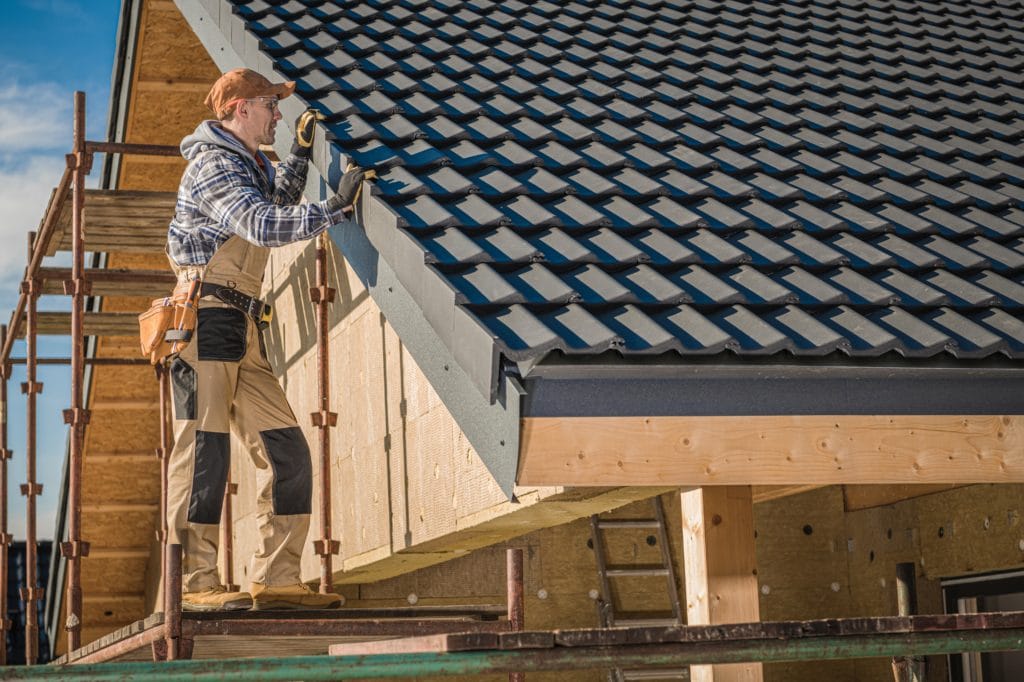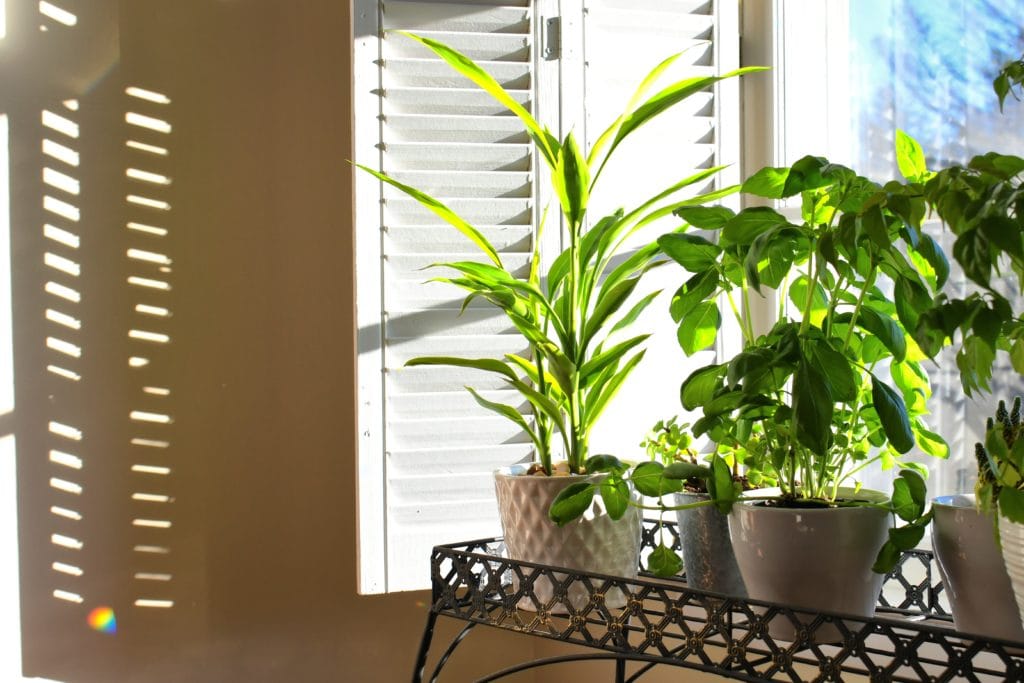When it comes to maintaining a home, the roof plays a crucial role. It is not just a structural component but a shield that protects against the elements. A well-maintained roof ensures safety, comfort, and longevity of your home. Thankfully, there are effective roof maintenance strategies and proven insights about the pros and cons of different roofing materials. By understanding these aspects, including the importance of timely roof repair, homeowners can ensure their roof remains in top condition while also choosing the right material that best suits their needs and preferences.
Important Tips for Roof Maintenance
A well-maintained roof is key to keeping a home safe and comfortable. Over time, weather and age can damage a roof. Regular maintenance can prevent serious problems. It can also make the roof last longer.
Regular Inspections are Essential
Checking your roof regularly is the first step. You should inspect it twice a year. The best times are in the spring and fall. Look for damaged or missing shingles. Also, check for signs of wear around roof fixtures and chimneys. These inspections can help spot small problems before they become big ones.
Keep Your Roof Clean
Debris like leaves and twigs can harm your roof. They trap moisture and can cause rot. Clean your roof and gutters regularly. This will prevent water from pooling. Water pooling can lead to leaks and weaken your roof structure. Cleaning helps protect your roof from these risks.
Address Repairs Immediately
If you find any damage, fix it quickly. Small issues like a single broken shingle can lead to bigger roof problems if ignored. Timely repairs prevent further damage. This keeps roof repair costs lower. It also helps your roof last longer.
Prevent Moss and Algae Growth
Moss and algae can damage roofing materials. They hold moisture against the roof. This can lead to rot and deterioration. Use products designed to kill moss and algae. Apply these treatments as needed. This will keep your roof healthy.
Ensure Proper Ventilation and Insulation
Good ventilation and insulation are important. They help regulate temperature and moisture in your attic. This prevents damage from heat and humidity. Make sure your attic is properly ventilated and insulated. This will help your roof last longer.
Trim Overhanging Tree Branches
Trees near your home can pose a risk to your roof. Overhanging branches can scratch or damage shingles. They can also fall on your roof during storms. Regularly trim these branches. This will reduce the risk of damage.
Understand Your Roof’s Age
Knowing the age of your roof is important. Different building materials have different lifespans. For example, asphalt shingles usually last 20-30 years. If your roof is getting old, it may need more frequent inspections. It might also need replacement sooner.
Avoid Walking on Your Roof
Walking on your roof can cause damage. It’s dangerous too. If you need to check something, use a ladder to look from the edge. Avoid walking on the roof unless absolutely necessary.
Be Aware of Weather Impact
Weather can affect your roof. Hail, heavy rain, and snow can cause damage. After severe weather, check your roof for damage. This will help you spot and fix any issues caused by the weather.
Consider Professional Inspections
Sometimes, it’s good to have a professional from roofing companies look at your roof. They can spot problems you might miss. They also know how to fix these problems safely. Consider hiring a professional for an inspection every few years.
Understanding Different Roofing Materials
Choosing the right roofing material is a big decision for any homeowner. Different materials have their own advantages and disadvantages. Moreover, understanding the various roofing materials available is essential for making informed decisions about roof repairs or replacements.
Asphalt Shingles
Asphalt shingles are the most common roofing material. They are popular because they are affordable and easy to install. Asphalt shingles come in many colors and styles. They can fit different types of homes. However, they have a shorter lifespan compared to other materials. They can last 20 to 30 years. They are not as durable in extreme weather conditions. They can get damaged by high winds or rapid temperature changes.
Metal Roofing
Metal roofs are known for their durability. They can last up to 50 years or more. They are also resistant to extreme weather conditions. Metal roofs reflect sunlight. This makes them energy efficient. They can help lower cooling costs in hot climates. On the downside, metal roofs can be more expensive than asphalt shingles. They can be noisy during rain or hail.
Tile Roofing
Tile roofs, made from clay or concrete, are very durable. They can last over 50 years. They are resistant to fire and rot. Tile roofs are also stylish. They add a unique look to a home. However, they are heavy. Not all homes can support their weight. They are also more expensive than asphalt shingles.They can be fragile and may break if walked on.
Slate Roofing
Slate roofing is one of the most durable materials. It can last over 100 years. Slate roofs have a natural, elegant appearance. They are fire resistant and environmentally friendly. However, slate is very heavy. Not all structures can support its weight. Slate is also one of the most expensive roofing materials. It can be brittle and may break if walked on.
Wood Shingles
Wood shingles offer a natural and rustic look. They are popular for their aesthetic appeal. They are made from natural materials like cedar or redwood. Wood shingles can last 25 to 30 years. They are also relatively light. However, they are not as fire-resistant as other materials. They require regular maintenance and inspection to prevent rot and insect damage. Wood shingles can be more expensive than asphalt shingles.
Composite Roofing
Composite roofing is made from a mixture of materials. This can include recycled plastics, fibers, and rubber. Composite roofs are eco-friendly. They mimic the look of other materials like slate or wood. They are lightweight and durable. Composite roofing is resistant to fire, rot, and insect damage. However, they can be more expensive than asphalt shingles. The quality of composite materials can vary. It’s important to choose a reputable brand.
Green Roofs
Green roofs are covered with vegetation. They are environmentally friendly. They improve air quality and reduce heat in urban areas. Green roofs provide natural insulation. This can reduce heating and cooling costs. However, green roofs are expensive to install. They require a strong structure to support their weight. They also need regular maintenance.
Conclusion
Maintaining and choosing the right material for your roof are key decisions that impact the overall wellbeing of your home. Regular roof maintenance, including inspections, cleaning, and timely repairs, often requires the expertise of professional roofing contractors, who can provide specialized knowledge and skills. Equally important is the choice of roofing material, which should align with your home’s aesthetic, climate, and structural requirements.

